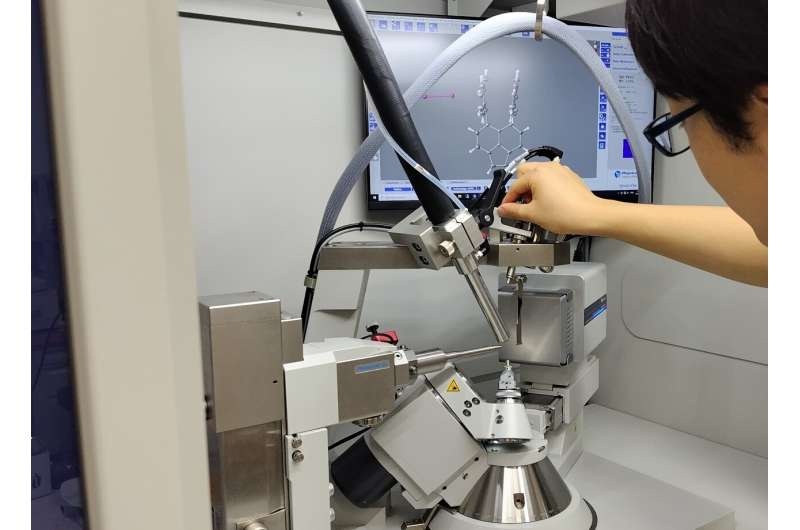In a breakthrough study conducted by researchers at Hokkaido University, it has been discovered that there is a stable single-electron covalent bond present in two carbon atoms. This confirms a century-old theory and expands the possibilities of what is understood chemical bonding.

The Search for the Single-Electron Bond
For months, scientists have hunted the lowest-energy form of covalent bond ever observed — one between two electrons at research labs and other universities worldwide. While the idea dates back to 1931 and a Nobel-Prize winning proposal by chemist Linus Pauling, making it has proved difficult– particularly with carbon and hydrogen atoms.
Carbon: The Building Block of Life and Organic Chemistry It is a milestone to detect the stable single-electron covalent bond as this not only confirms Pauling’s theory a century but also reveals new insights to the chemical bonding nature and its impact on various chemical reactions.
The Discovery: A Compound All on Its Own
Led by Professor Yusuke Ishigaki, a team of researchers at Hokkaido University has done what is likely quite an amazing thing. The researchers made this iodine salt by oxidising a derivative of hexaphenylethane, which has an incredibly long (for the solid state) paired-electron covalent bond between two carbon atoms – and when it came out in dark violet-coloured crystals, they were astonished.
X-ray diffraction analysis of these crystals revealed carbon atoms very close together, giving a hint of a covalent bond involving a single electron. They then confirmed this with Raman spectroscopy, which give a fingerprint signal of the molecular structure of a compound.
More importantly, this finding is the first experimental proof of a carbon-carbon single electron covalent bond (a concept that has long been postulated but never seen before in such a stable context). The consequences of this groundbreaking investigation are tremendous in scope, as it paves the way for fresh insight into chemical bonding and its relation to a broad array of additional chemical phenomena.
Conclusion
A team of researchers at Hokkaido University has found a new way to form tricovalent carbons, using a stable single-electron covalent bond between two carbon atoms. This discovery not only confirms a century-old idea thought up by Linus Pauling, but also holds the key to understanding more about the type of chemical bonds and how those bonds influence different types of reactions. Exploring the frontiers of this rarely touched form of bonding, the scientific community has boundless potential ahead in materials science, catalytic chemistry and even insight into biological systems.
